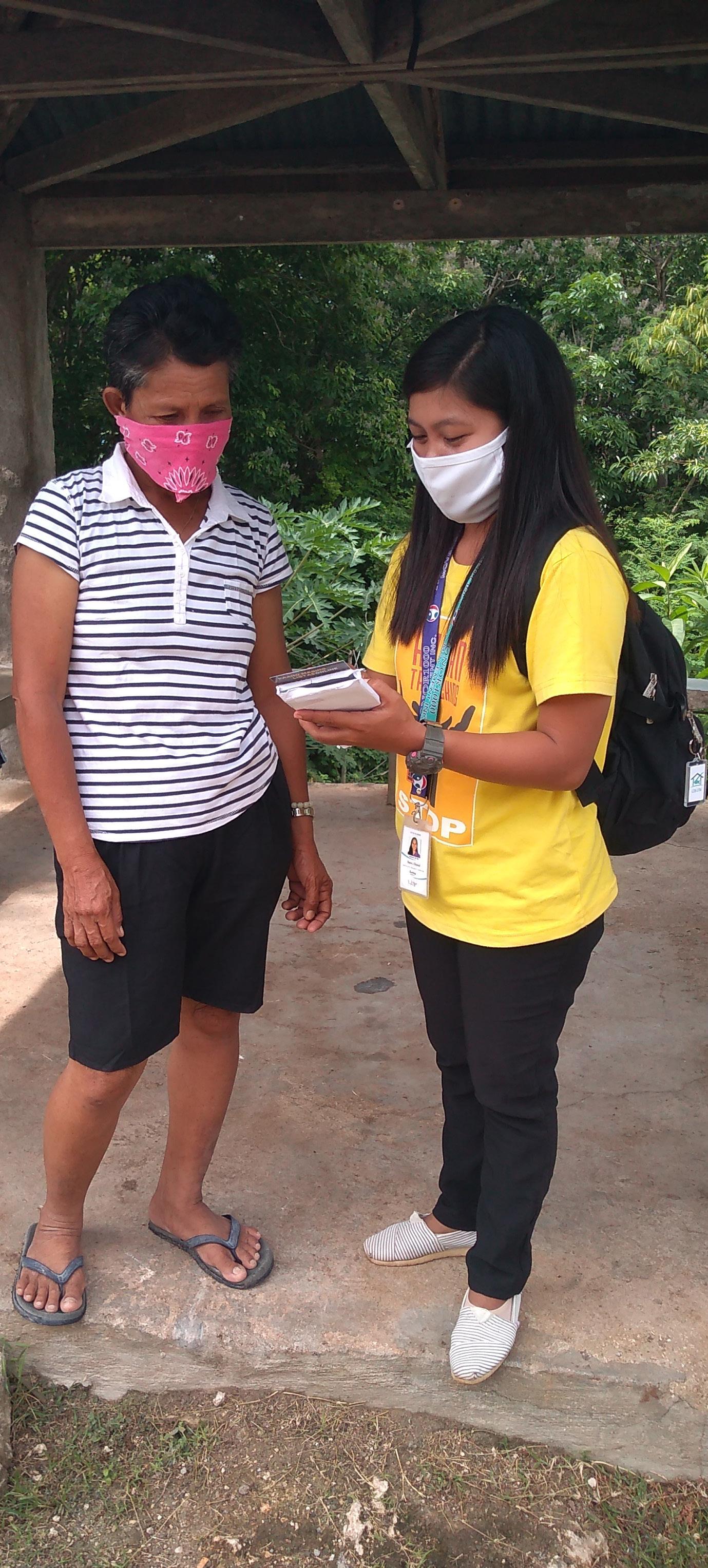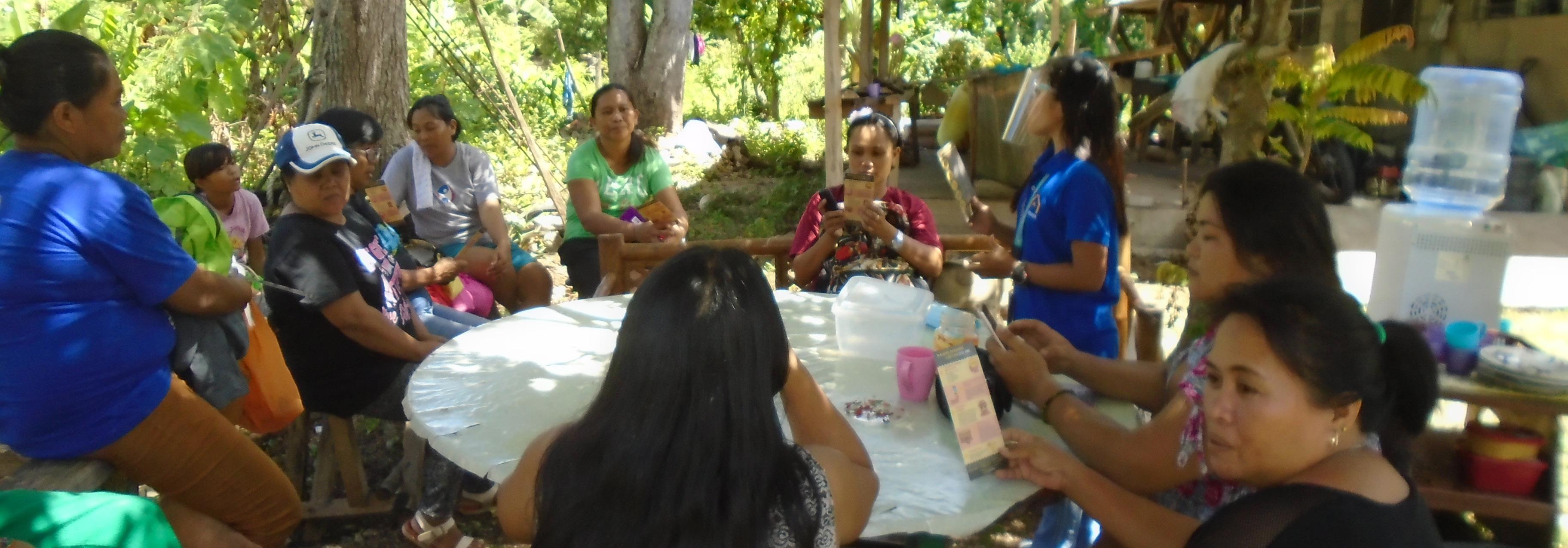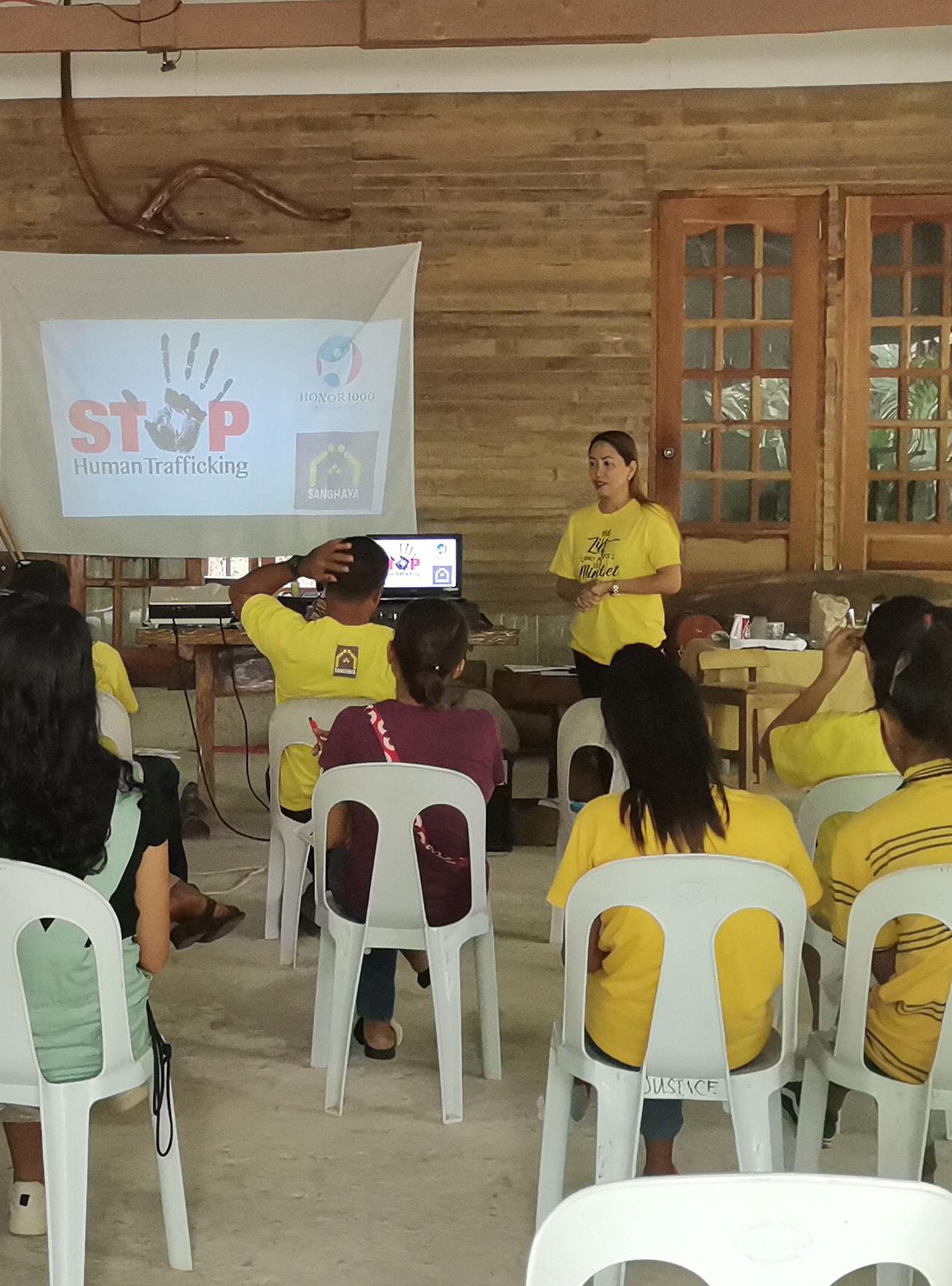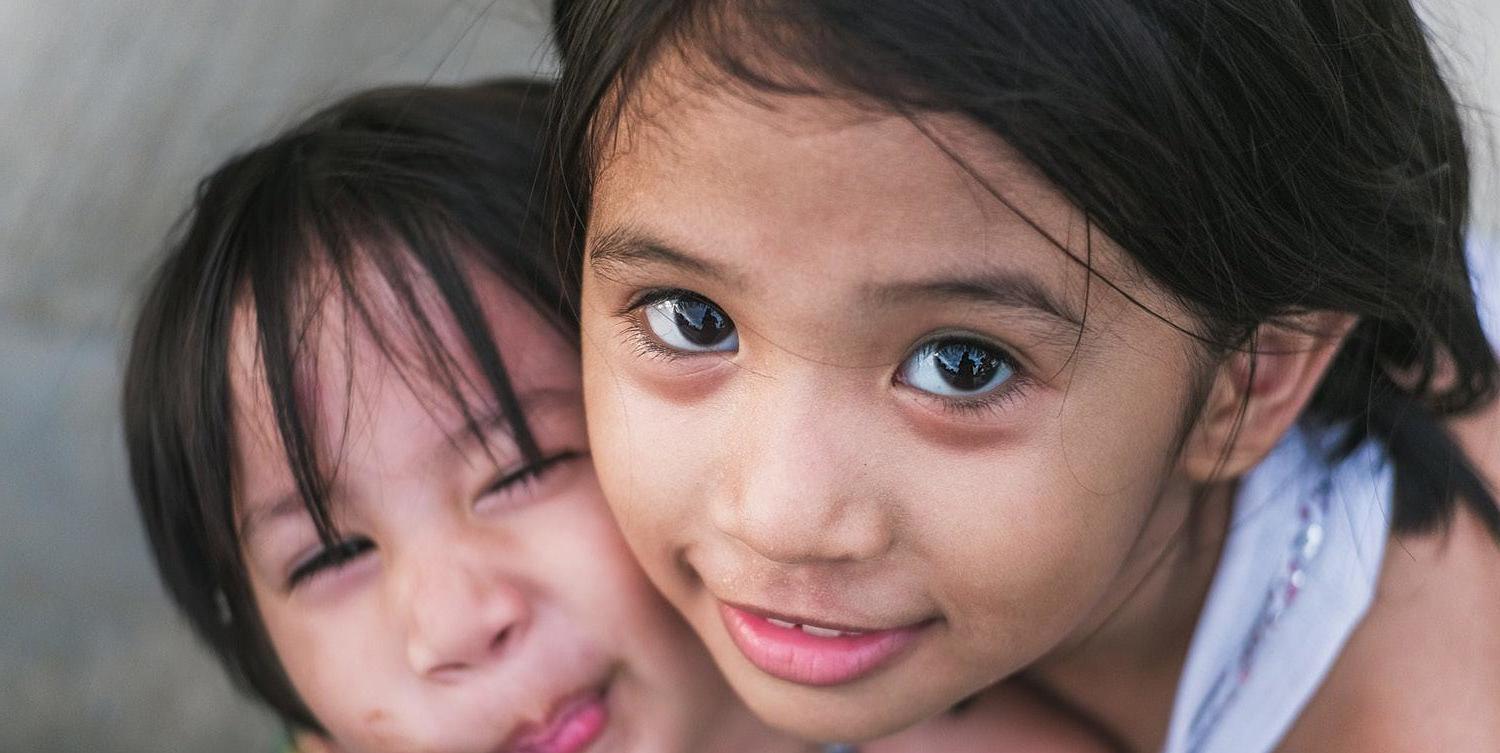
3 minute read
Pandemic’s Rippling Effect
The COVID-19 pandemic has pushed a lot of Filipino families to limits. Unfortunately for some, this meant resorting to illegal and exploitative practices just to survive.
In 2020, the Anti-Money Laundering Council (AMLC) of the Philippines saw alarmingly increasing rates of suspicious transaction reports (STR) related to or suspected to be related to child pornography and online sexual abuse and exploitation of children (OSAEC). Just for the first half of the year: • STRs increased more than twice the number of total reported cases in 2019; and • STRs related to child pornography amounted to
Advertisement
PHP 113.1 million
The said reports, according to AMLC, were based on indicators and exchange of information with proper law enforcement agencies, financial intelligence units, and relevant private organizations. Aside from Internet access and the level of proficiency of many Filipinos in the English language, the ease of access to money transferring services such as remittance centers and electronic wallets also contributed to the increase of online sexual exploitation cases.

Pampanga, which is one of the provinces where we conduct the Microfinance Program for women, was listed as the top city with the highest number - both in volume and value - of remittances related to child pornography.
Most of the time, the primary perpetrators of OSAEC are the biological parents (41%), immediate family members or relatives (42%), or adults acquainted with the child or living in the same community as the child. Often, they justify such actions with distorted perceptions saying that it doesn’t cause harm to the child since there is no physical contact between the child and the “client”. Additionally, the child is made to believe that what they do helps the family survive. According to The Asean Post, clients usually pay 19 USD to 190 USD for each act on livestream, depending on the bodily exposure or difficulty of sexual acts involved.
Some cases involving teenagers need not have traffickers or pimps. There were reports from local authorities of some teens selling their own lewd photos and videos or other sensual content through social networking sites, allegedly to raise funds to pay for their internet bills and gadgets for online classes. This pandemic has taken its toll on the country’s health. But more importantly, and alarmingly, the economic struggle brought by the pandemic has caused a ripple effect - exacerbating the already prevalent issues of human trafficking and online sexual exploitation, tearing families apart, and leaving the youth to fend for themselves albeit through means detrimental to their own wellbeing.
As horrific as this news sounds, it only reiterates the importance of our work in the Philippines, especially in areas considered to be at high-risk for exploitation and human trafficking.
Sources: The Philippine Star and The Asean Post



Stop Cybersex and Trafficking
through Education
We strongly believe that education is the key to systemic and sustainable change. We will reduce the future incidence of trafficking and cybersex crime through the implementation of targeted advocacy and community/school education strategies to “high-risk” locations.
During this time of pandemic where schools are still closed and students are more exposed online, more than ever, our work to raise awareness against Online Sexual Abuse and Exploitation of Children (OSAEC) is very important. That’s why we and our partners continue to look for ways we can grow our advocacy work despite restrictions on gatherings.
During the past six months, our partner Honor 1000 reached out to local groups for possible partnerships, with the goal of reaching high risk communities and preventing OSAEC.
MILESTONES AND HIGHLIGHTS


• 2,042 children and parents reached through home visits and infographic distribution
• 18 communities reached through the Human Trafficking Awareness Campaign
• 74 microfinance women attended Human Trafficking Awareness Campaign trainings
• 2 Human Trafficking Awareness Campaign events held in communities with 87 attendees






